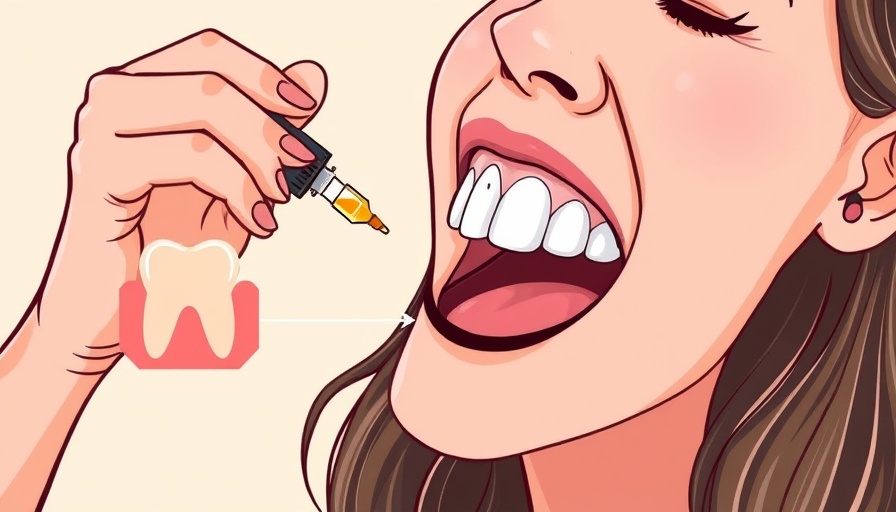
Understanding Heme Iron: Friend or Foe?
The debate over heme iron and its implications for health, particularly concerning cancer, is gaining momentum among health-conscious consumers. Found predominantly in animal sources, heme iron contributes significantly to the meaty flavor of foods like red meat and is also used in plant-based alternatives like the Impossible Burger. But as the consumption of both animal and plant-based heme iron increases, it raises a critical question: What are the actual health risks versus the nutritional benefits of heme iron?
Unpacking the Cancer Risk
Recent findings suggest that while heme iron is essential for certain bodily functions, its excessive intake may increase the risk of colorectal cancer. The European Food Safety Authority has identified potential risks associated with heme iron, particularly in processed meats classified under Group 1 carcinogens due to their strong association with cancer. This classification puts processed meats on par with risks associated with smoking—a staggering comparison that provokes thought and concern for many consumers.
The International Agency for Research on Cancer (IARC) has established that the consumption of red meat is linked to several carcinogenic mechanisms. These include DNA damage from Heterocyclic Aromatic Amines (HAAs), often formed during cooking methods such as grilling or roasting, which can release harmful compounds into the food. Additionally, there's evidence that heme iron contributes to these cancer-causing mechanisms, raising alarms among health professionals.
How Much Heme Iron is Too Much?
As consumers, we often consider the nutritional doses of heme iron found in typical dietary patterns. Many studies that highlight the risks have tested extreme concentrations of heme iron—doses that would be impractical and alarmingly excessive for average human consumption. For example, some research has evaluated the effects of heme iron equivalent to humans consuming up to 40,000 pounds of meat daily, which is far removed from reasonable dietary habits. Nevertheless, understanding what constitutes a 'safe' amount of heme iron remains complicated.
Choosing Between Plant-Based and Animal Sources
Health-conscious consumers frequently weigh their dietary choices between red meat and plant-based alternatives. The exciting development of plant-based meat products, such as the Impossible Burger, introduces heme iron sourced from soybeans. While these products aim to provide similar flavors without some of the risks associated with red meat, it’s essential to scrutinize whether the heme iron present in these alternatives presents the same health dangers.
Organizations such as the American Institute for Cancer Research maintain that while there is some evidence linking plant heme iron with cancer, the relationship is not as clear-cut as that associated with red meat consumption. Limited evidence suggests that incorporating plant-derived heme puts consumers at a comparatively lower risk of cancer than traditional red or processed meats.
Gathering Evidence: A Call for Personal Awareness
As we navigate through the chatter over red meat, processed foods, and plant-based options, it’s crucial to draw personal conclusions anchored in evidence. Relying on nutritional guidelines, being aware of cooking methods, and moderating meat consumption can all play a part in reducing cancer risks associated with dietary heme iron.
Perhaps, most importantly, enhancement of our diets with fruits, vegetables, whole grains, and legumes should remain a priority. These foods provide essential nutrients and fiber, decreasing the potential negative impacts of heme iron in your diet.
Final Thoughts: Making Informed Choices
Navigating the complexities of heme iron and its association with cancer involves a delicate balance of nutrition, health concerns, and personal choices. The evidence points toward caution, advocating for a well-rounded diet that emphasizes plant-based nutrition while being vigilant about meat consumption.
If you're exploring your dietary options or re-evaluating how much red meat you consume, consider seeking guidance from health professionals or nutritionists. By making informed decisions and staying updated on research, you can contribute to your well-being while enjoying a variety of foods.
#HemeIron, #CancerRisk, #RedMeat, #PlantBased, #ColorectalCancer, #ProcessedMeats, #Nutrition, #HealthChoices, #DietaryGuidelines, #CancerPrevention
 Add Row
Add Row  Add
Add 




Write A Comment